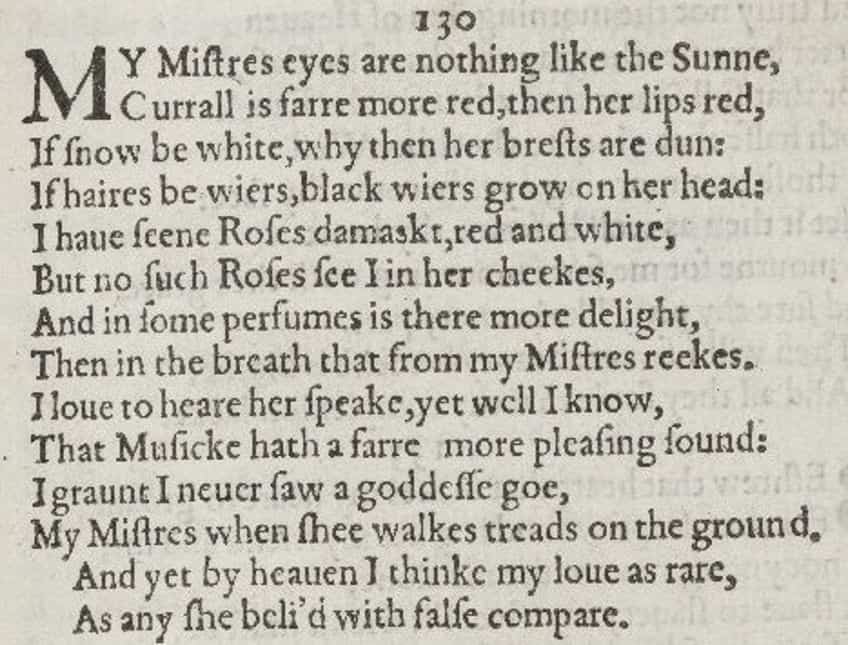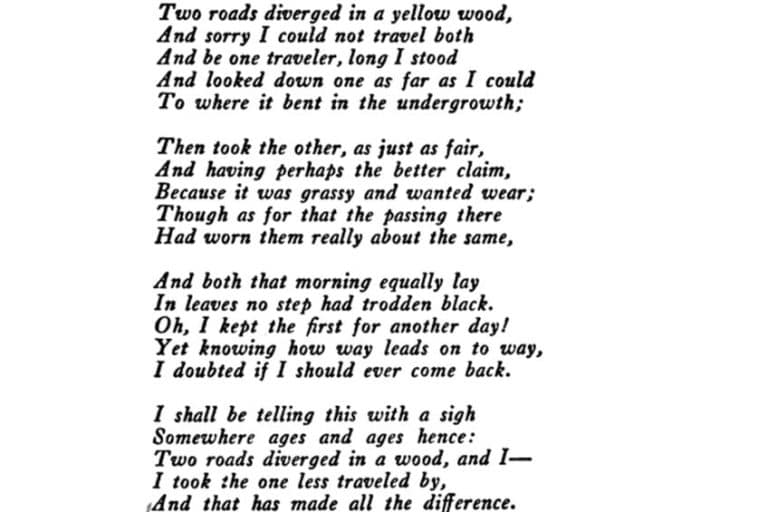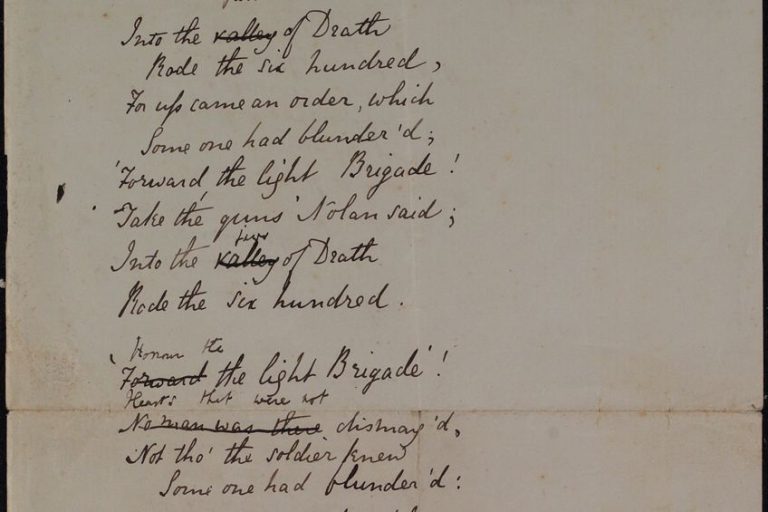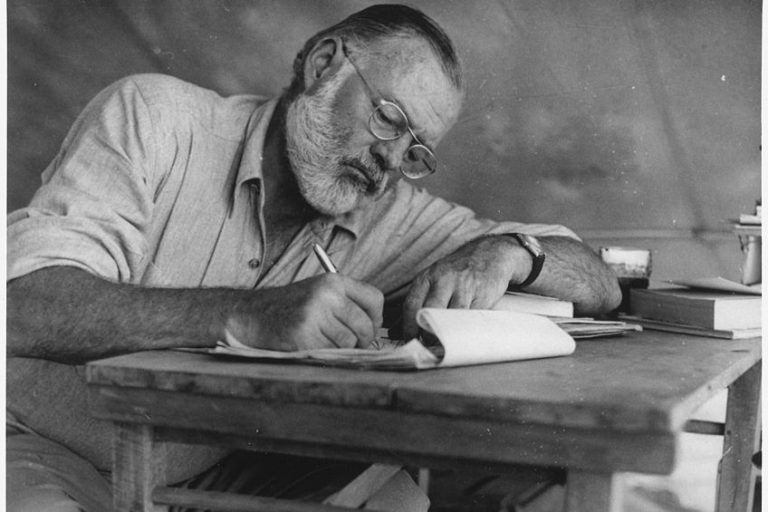Volta in Poetry – When a Poem Takes a Sudden Turn
There are some terms that are often taught alongside other poetic concepts. In this case, the volta is often taught alongside the sonnet. The volta in poetry, regardless of this association, is not only found in sonnets. It can be found elsewhere, but we are going to have a look at how this is used in sonnets, as well as a definition of it, the purpose of its use, and a number of volta in poetry examples, alongside some volta sonnets to reinforce that idea of the volta in the sonnet. So, let’s do this!
Table of Contents
A Look at the Volta in Poetry
Poetry is not some uniform thing. Poems do not need to be about just one thing, and they do not need to talk about anything in only one way. The volta in poetry is one of the ways that this is achieved. The term tends to be stated alongside the sonnet structure, but we’ll discuss that some more in some of the sections below. The basic idea behind the volta is that it is a shift or change in how a poem is presented, and these can be subject or tonal shifts. These kinds of shifts can be found throughout literature, and when I would teach some of my favorite poems to my old students, I would try to show them how amazing these kinds of shifts could be. We will explore a number of examples of the volta in poetry near the end of this article but imagine this.

A poem tells us the story of two lovers. They adore one another and do everything together. The poem focuses on how they live their lives together. It tells us how they wanted to grow old together. And then the poem shifts. One of the partners dies a tragic death. Suddenly, the poem is not about love, but about the sorrow that can come from having love taken from us so early. The poem subverted our expectations by appearing to be happy. It wanted us to be lulled into a false sense of security, and once that has occurred, it can pull the rug out from under us! It’s sad, but also beautiful, and that is what the volta in poetry can do. So, let’s discuss this concept.
Summary at the Volta in Poetry
There are a lot of words and terms out there that we like to use when it comes to a wide array of poetic topics. The volta in poetry is just one of those concepts. However, we should have an overview look at this concept before we dig any deeper. So, let’s have a look at some of the points about the volta in poetry in a summarized form.
- The volta in poetry refers to a change in the tone or subject of a poem. This is the term that is used to describe a point in a poem during which the tone or subject shifts. This is a very basic term, but one that can be found in many examples of poetry from around the world. It can often be used to subvert something, such as starting a poem by talking about love to then shift to the end of a relationship.
- The volta is strongly associated with sonnets. Sonnets are generally arranged around the idea of having some kind of a setup for the first portion of the poem, and how long that portion is depends on the type of sonnet that it is in the first place. However, every standard sonnet features a turn at some point that changes the concepts being explored. This is the volta.
- The volta is not only found in sonnets. While there is a strong association between the volta and the sonnet, the volta in poetry is not exclusive to sonnets. Instead, the volta can be found in any poem that features some kind of a turn that can be defined as a volta. We could say that traditional sonnets that make use of the volta are a kind of volta sonnet.
We have given some brief discussions of this concept, but it is rather interesting that the main question many would ask, even though the volta in poetry does not have to be in a sonnet, is the question: “What is a volta in a sonnet?”.
We will explore this question, as well as the broader uses of the volta in poetry if you keep reading.
A Definition of the Volta in Poetry
We have already mentioned a brief explanation of the volta in poetry, but the primary idea behind this concept is that it allows for some kind of a shift from one way of writing to another. This shift could be towards anything. For instance, it could be a tonal or subject shift, and these are probably the most common types of shift. However, it could also shift towards a new speaker, style, and so on. Any kind of shift, that distances itself from the section before the volta, counts as an example of a volta in poetry.

When it comes to the location of the volta, this can be subject to change. For instance, in a Shakespearean sonnet, it is generally near the last two lines because they serve as the rhyming couplet. In a Petrarchan sonnet, on the other hand, it generally occurs in the final sestet of the poem. When it comes to sonnets, most are generally volta sonnets. There is the use of a volta somewhere in the poem. However, the volta can be used outside of sonnets. It can be used throughout poetry types. For example, a free verse poem that is about one thing but then shifts to be about something else is still using a volta. This is what should be kept in mind when it comes to the use of the volta in poetry.
The Purpose and Use of the Volta in Poetry
The purpose of the volta in poetry is rather self-evident. A poem does not generally wish to be about only one thing. For this reason, a poet would make use of a volta to ensure that the poem can change the way in which it discusses a certain topic. This is useful for many reasons. Some of those reasons include the ability to serve as a means of contrasting certain elements against one another, to offer some sort of resolution to the ideas that had been expressed until that point, as a means of emphasizing what has come before, or even to create some kind of an effect.
There are numerous uses for the volta in poetry.
Examples of the Volta in Poetry
The volta in poetry is not solely found in sonnets. We have already discussed this. However, if you were my student, I would do exactly what I used to do with my own students and teach you how to see something in the place it is most likely to be seen. This is why we are going to take a look at volta sonnets alone. Here, we can more closely answer the question: “What is a volta in a sonnet?”. If you are learning how to understand this for some educational reason, these few examples of the volta in sonnets should be beneficial.

Let me not to the marriage of true minds (1609) by William Shakespeare
| Date Published | 1609 |
| Type of Poem | Shakespearean sonnet |
| Rhyme Scheme | ABABCDCDEFEFGG |
| Meter | Iambic pentameter |
| Topic | Love |
Let me not to the marriage of true minds is a poem about love. However, while the first eight lines focus on a discussion and understanding of what love is in the first place, that shifts. The volta occurs in the ninth line, and from here, it becomes a discussion of how love cannot be subject to time. Love is often seen as something rather timeless in the work of Shakespeare, and this poem is one of the best instances of that recurring theme.
This alteration shows the ways that a volta in poetry can maintain the idea that has been explored until the volta but in a new way. It shifts the way that the idea is discussed at all.

The World Is Too Much With Us (1807) by William Wordsworth
| Date Published | 1807 |
| Type of Poem | Petrarchan sonnet |
| Rhyme Scheme | ABBA ABBA CDECDE |
| Meter | Iambic pentameter |
| Topic | Humanity and nature |
The World Is Too Much With Us is a great example of the way that a volta in a sonnet can be used in a Petrarchan sonnet. In addition, this volta takes place partway through a line. In this case, it’s halfway through the ninth line. Until that point, the poem had been a lamentation of the fact that humanity has become disconnected from the natural world. However, the volta brings about the way that Wordsworth sees things.
He recommends more of a shift in our mindset towards a Pagan mentality, in which the natural world was far more respected than it is in the Western society in which he wrote this poem.

Ozymandias (1818) by Percy Bysshe Shelley
| Date Published | 1818 |
| Type of Poem | Irregular sonnet |
| Rhyme Scheme | ABABACDC EDEFEF |
| Meter | Loose iambic pentameter |
| Topic | Impermanence of power |
Ozymandias is an irregular sonnet, and so the way in which the volta is used is a bit different from both the Petrarchan and Shakespearean sonnet styles. In this particular instance, the poem is concerned with a description of a once-glorious statue of Rameses II, also known as Ozymandias. And then, after the tenth and eleventh lines, in which an inscription is read that tells everyone how powerful and great the man depicted was, it tells us that everything around the statue has been destroyed by the sands of time. There is nothing around that would indicate anything about the supposed power that Ozymandias once possessed. It is a stark juxtaposition against the earlier words and the supposed might that could once be seen in that place.

Our purpose today was to understand the concept of the volta in poetry and, hopefully, that has been achieved. We examined a definition of the concept, its purpose and uses, and a number of examples which were comprised of volta sonnets. The shift in topic or tone of a literary text can be an immensely powerful device and one that we should pay close attention to when reading and engaging with literature. We can only hope that this brief article has helped you to see and understand why concepts like this are important to note, so, when you’re reading, see if you too can note the shifts in so many works of literature.
Frequently Asked Questions
What Is the Volta in Poetry?
This term refers to the way in which there can be a turn, shift, or change in a poem that alters the way it is presented. This could mean that it alters the subject, tone, or even perspective. If there is some kind of a shift, it can be seen as a volta. They are also strongly associated with sonnets.
What Is a Volta in a Sonnet?
The volta in a sonnet is the same as a volta anywhere else. It is a shift or change that occurs somewhere in the sonnet. However, volta sonnets tend to have a more formalized means of using the volta. For instance, the volta in a Shakespearean sonnet often occurs shortly before the final two lines of the poem.
What Is the Purpose of the Volta in Poetry?
The volta in poetry is used for many reasons. It can often be used to contrast two things against one another, provide some sense of resolution, emphasize something, or even have some kind of a broader effect that leaves the poem with a kind of conclusive punch.
Are Voltas Only Found in Sonnets?
The volta can be found in any kind of poem. It is far from exclusive to the sonnet structure. We tend to associate them with sonnets though because the volta in sonnets is often part of the traditional sonnet structure.
What Are Some Examples of the Volta in Poetry?
Some great examples of sonnets, which are most associated with voltas, that make use of the volta include Let me not to the marriage of true minds (1609) by William Shakespeare, The World Is Too Much With Us (1807) by William Wordsworth, and Ozymandias (1818) by Percy Bysshe Shelley. There are far more than this though.
Justin van Huyssteen is a freelance writer, novelist, and academic originally from Cape Town, South Africa. At present, he has a bachelor’s degree in English and literary theory and an honor’s degree in literary theory. He is currently working towards his master’s degree in literary theory with a focus on animal studies, critical theory, and semiotics within literature. As a novelist and freelancer, he often writes under the pen name L.C. Lupus.
Justin’s preferred literary movements include modern and postmodern literature with literary fiction and genre fiction like sci-fi, post-apocalyptic, and horror being of particular interest. His academia extends to his interest in prose and narratology. He enjoys analyzing a variety of mediums through a literary lens, such as graphic novels, film, and video games.
Justin is working for artincontext.org as an author and content writer since 2022. He is responsible for all blog posts about architecture, literature and poetry.
Learn more about Justin van Huyssteen and the Art in Context Team.
Cite this Article
Justin, van Huyssteen, “Volta in Poetry – When a Poem Takes a Sudden Turn.” Art in Context. January 10, 2024. URL: https://artincontext.org/volta-in-poetry/
van Huyssteen, J. (2024, 10 January). Volta in Poetry – When a Poem Takes a Sudden Turn. Art in Context. https://artincontext.org/volta-in-poetry/
van Huyssteen, Justin. “Volta in Poetry – When a Poem Takes a Sudden Turn.” Art in Context, January 10, 2024. https://artincontext.org/volta-in-poetry/.










Great article Justin! I’m not sure about the meaning of the sonnet – the sonnet does not seem to be about a dead lover like you say, but about the author not needing to compare his lover needing to be on par with ideals (roses, a godess) because he loves her anyway.